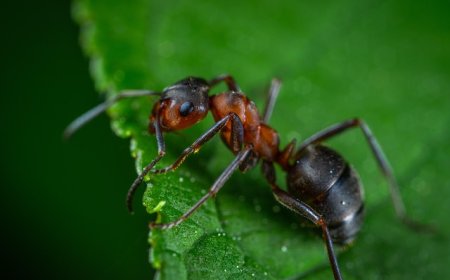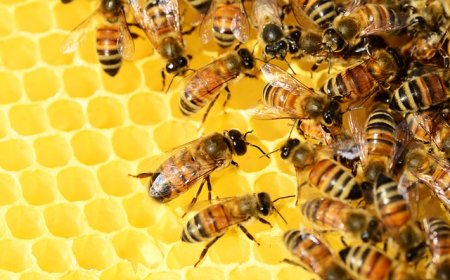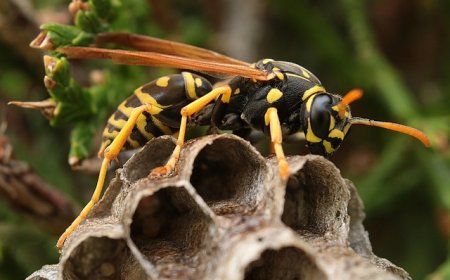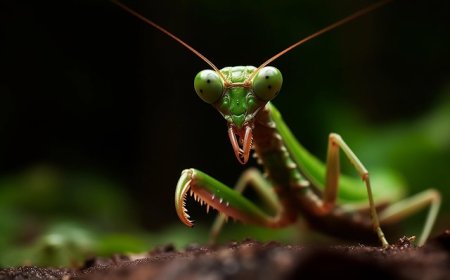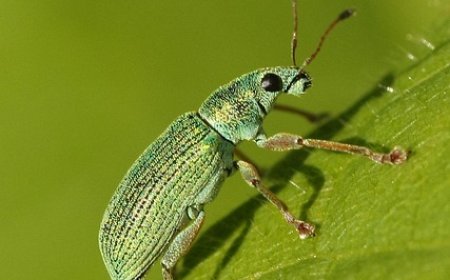Grasshoppers for Kids: Fun Facts, Life Cycle, and Amazing Jumping Insects
Discover fascinating facts about grasshoppers in this kid-friendly guide. Learn about their life cycle, how they jump, and why they are important to nature.
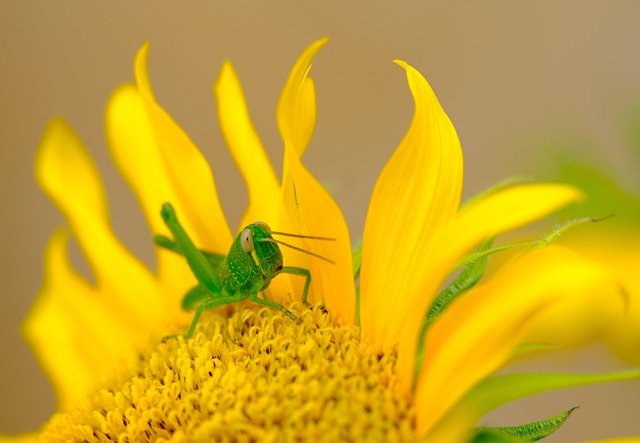
🦗 Grasshoppers: Nature’s Leaping Insects
🌼 Introduction
Grasshoppers are insects you’ve probably seen hopping through fields or making chirping sounds on warm summer days. These skilled jumpers are important parts of ecosystems, serving as food for many animals and helping plants by spreading seeds. Some species can also form huge swarms called locusts that damage crops.
In this article, you will learn what grasshoppers are, how they grow, how they live, and why they matter.
🧬 Classification and Scientific Background
Grasshoppers belong to the insect order Orthoptera, which also includes crickets and katydids.
Scientific Classification:
- Kingdom: Animalia
- Phylum: Arthropoda
- Class: Insecta
- Order: Orthoptera
- Family: Acrididae (true grasshoppers)
There are over 11,000 known species of grasshoppers found all around the world.
Grasshoppers are ancient insects, with fossils dating back over 250 million years.
🦗 What Do Grasshoppers Look Like?
Grasshoppers have a body divided into three main parts:
- Head:
- Large compound eyes
- Two antennae
- Strong jaws for chewing plants
- Thorax:
- Where the six legs and wings attach
- Abdomen:
- Contains digestive and reproductive organs
Special Features:
- Hind Legs: Very long and powerful, adapted for jumping.
- Wings: Most grasshoppers have two pairs of wings.
- Tympanum: A special organ on the abdomen that lets them hear sounds.
Grasshoppers come in many colors, including green, brown, yellow, and red. Their colors help them blend into grass and plants.
🌿 Where Do Grasshoppers Live?
Grasshoppers are found on every continent except Antarctica. They prefer warm, dry habitats such as:
- Grasslands and prairies
- Meadows and fields
- Savannas
- Farmlands
They spend most of their time on the ground or among plants, eating and hiding from predators.
🍽️ What Do Grasshoppers Eat?
Grasshoppers are herbivores, which means they eat plants.
Their diet includes:
- Grasses
- Leaves
- Flowers
- Stems
Grasshoppers have strong jaws to chew tough plant material. In large numbers, they can damage crops like corn, wheat, and rice.
🐣 The Grasshopper Life Cycle
Grasshoppers go through incomplete metamorphosis, which has three stages instead of four:
- Egg
- Females lay eggs in the soil during late summer or fall.
- The eggs survive the winter.
- Nymph
- The young grasshopper hatches looking like a tiny version of the adult, but without wings.
- It molts (sheds its exoskeleton) several times to grow.
- Adult
- After the final molt, the grasshopper has fully developed wings and can reproduce.
🎶 How Do Grasshoppers Make Sounds?
Grasshoppers are famous for the chirping sounds males make to attract females. They produce sounds by:
- Stridulation: Rubbing their back legs against their wings.
- Crepitation: Cracking sounds made by snapping their wings in flight.
These sounds help grasshoppers find mates and communicate with each other.
🛡️ Grasshopper Defenses
Grasshoppers have several ways to protect themselves:
- Camouflage: Blending into grass and plants.
- Jumping: Leaping away from danger quickly.
- Flying: Short flights to escape predators.
- Spitting: Some species spit a brown liquid called “tobacco juice” to scare attackers.
🌍 Why Are Grasshoppers Important?
Grasshoppers play key roles in nature:
- Food Source: They are eaten by birds, reptiles, spiders, and small mammals.
- Nutrient Cycling: Their droppings enrich the soil.
- Seed Dispersal: They help spread plant seeds.
However, when they form large swarms called locusts, they can destroy crops and cause food shortages.
✨ Interesting Facts About Grasshoppers
- Grasshoppers can jump up to 20 times their body length in one leap.
- Some grasshopper swarms contain billions of insects.
- The desert locust can travel over 100 miles in a single day.
- Grasshoppers have ears on their bellies!
- The oldest grasshopper fossils are over 250 million years old.
- Some grasshoppers can change color depending on temperature and age.
- A female grasshopper can lay up to 200 eggs in one season.
📝 Kid-Friendly Summary
Grasshoppers are insects with strong back legs that help them jump long distances. They live in grasslands and eat plants. Grasshoppers go through three life stages: egg, nymph, and adult. They make chirping sounds to find mates. Even though grasshoppers are important to nature, big swarms called locusts can damage crops. These amazing insects have been on Earth for millions of years.
🧠 Vocabulary Words
| Word | Definition |
|---|---|
| Orthoptera | The insect order that includes grasshoppers, crickets, and katydids. |
| Nymph | The young stage of a grasshopper that looks like a small adult without wings. |
| Stridulation | The sound grasshoppers make by rubbing their legs against their wings. |
| Camouflage | Coloring or patterns that help animals blend in with their surroundings. |
| Metamorphosis | The process of changing from egg to adult. |
| Crepitation | A snapping or crackling sound made during flight. |
| Exoskeleton | A hard outer covering that protects an insect’s body. |
| Herbivore | An animal that eats only plants. |
| Locust | A grasshopper species that can form large swarms. |
| Tympanum | A hearing organ on the side of a grasshopper’s abdomen. |


















































